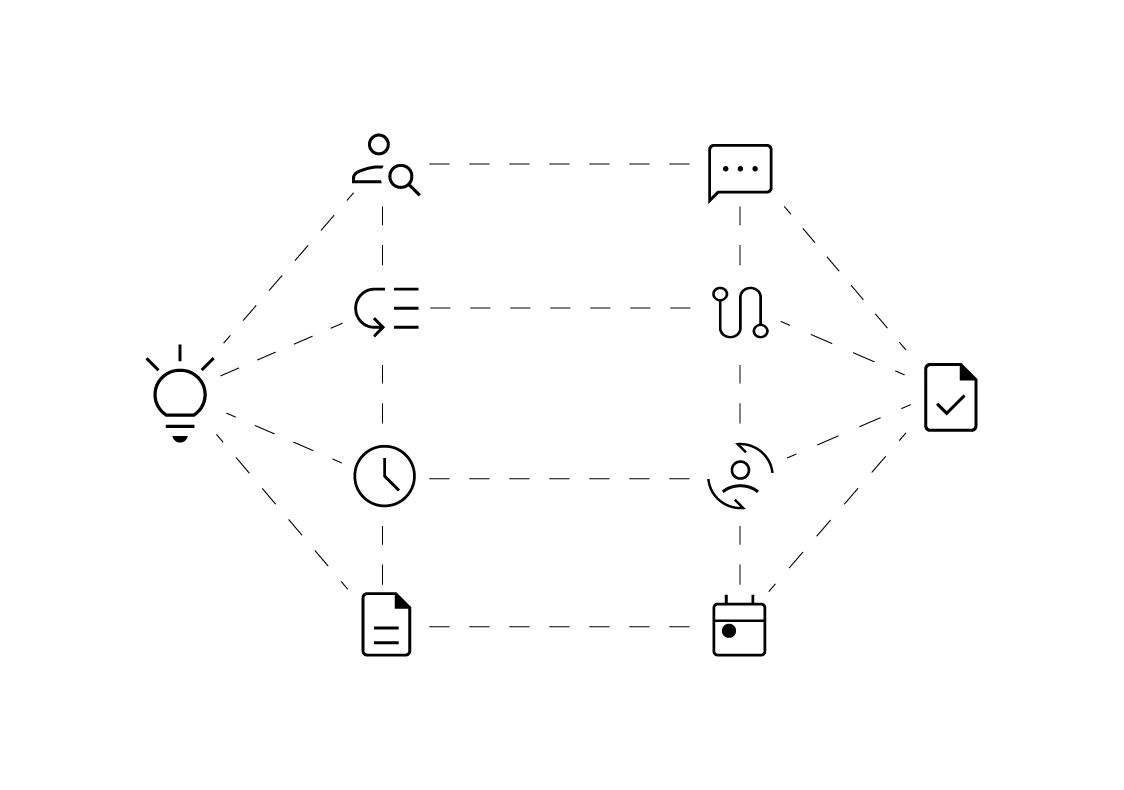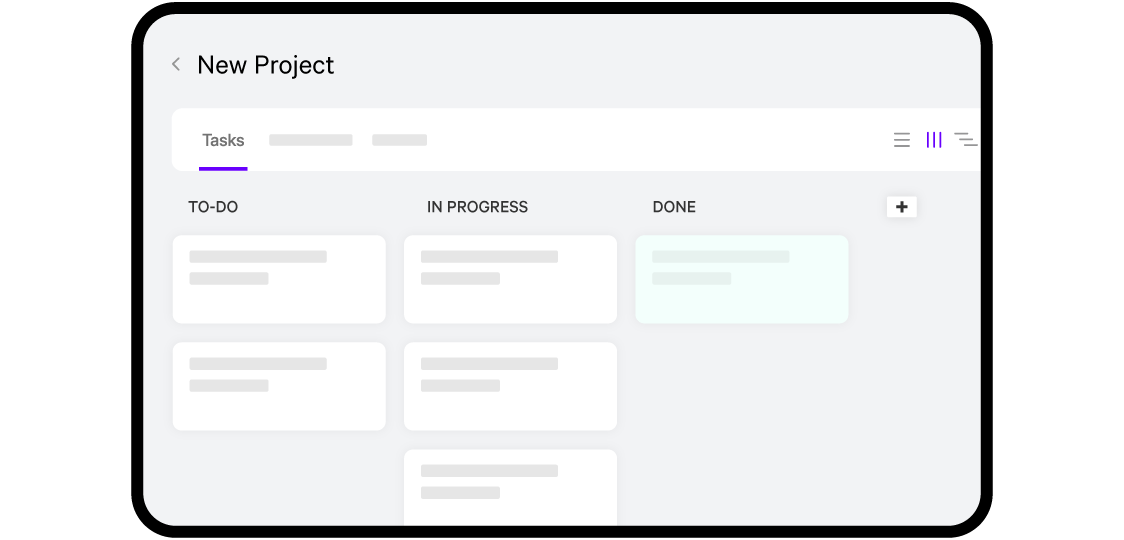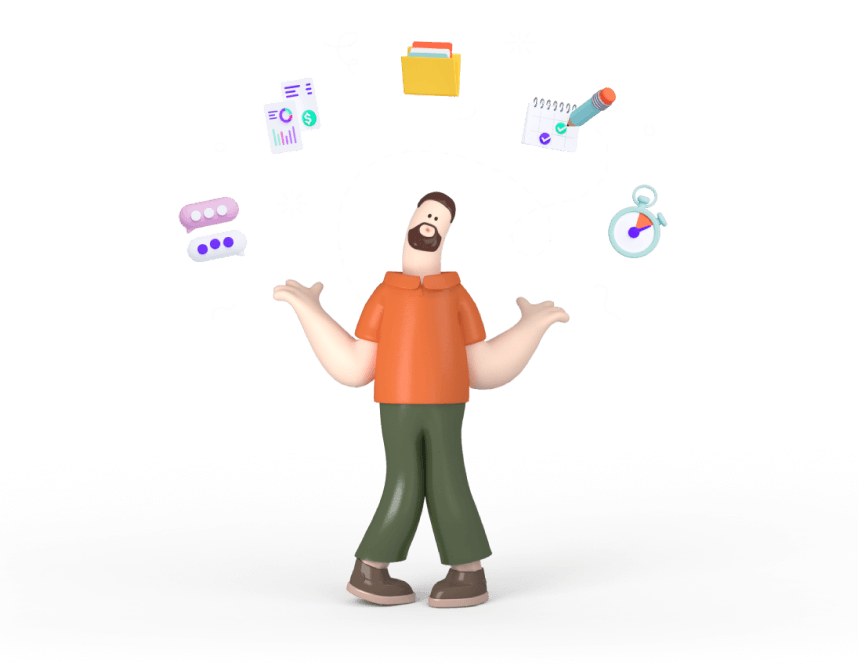Crystal Methodology in Agile - Essential Guide

In 1991, IBM tasked Alistair Cockburn with developing a methodology for object-oriented projects. Faced with this daunting challenge and limited knowledge of project methodologies, Cockburn embarked on a comprehensive research journey. He interviewed various project teams to understand their perspectives on project management and discovered a significant pattern: successful teams shared common practices and techniques without adhering to a specific methodology. These teams emphasized close communication, high morale, and access to users—elements often neglected in traditional methodologies. From these insights, Cockburn developed the Crystal Methodology, a family of methodologies tailored to meet the unique needs of individual teams and projects.

What is the Crystal Methodology?
The Crystal Methodology is an agile software development approach that focuses on people and their interactions over processes and tools. Alistair Cockburn believed that the skills, talents, and communication of team members have the most significant impact on project outcomes. This methodology is grounded in two fundamental assumptions:
- Teams can streamline their processes as they work, becoming more optimized over time.
- Projects are unique and dynamic, requiring specific methods tailored to their individual needs.
Cockburn viewed product development as a game designed to stimulate interaction, creativity, and idea generation. Instead of asking, "Is our model accurate?" teams should focus on whether the product meets customer needs and if team goals are aligned. The Crystal Methodology, also known as Crystal Methods, is flexible and tailored to each team's priorities and project goals, making it clear that there is no one-size-fits-all approach in agile development.
Key Principles of the Crystal Methodology
The Crystal Methodology emphasizes three main principles: a people-oriented approach, tailored processes, and incremental delivery.
People-Oriented Approach
Crystal Methods prioritizes the people involved in the project. This human-powered approach means that processes should be adapted to meet the needs of the team members. Specific roles and responsibilities are defined for project managers, team members, and stakeholders. However, it also allows for self-organization, enabling teams to become more competent and efficient as the project progresses.
Tailored Processes
Crystal is a stretch-to-fit methodology, meaning that processes and tools are not fixed but are adjusted to meet the requirements of the team and the project. Technically, it is not a rigid methodology but rather an approach that favors communication, interactions, and teamwork. Since every team is different, the methodology varies from project to project, ensuring that it is always tailored to the specific needs and context of the project.
Incremental Delivery
The Crystal Method minimizes documentation, management, and reporting, focusing instead on transparent workflows and open communication between team members and clients. It allows teams to build the most critical features first and then improve the software through subsequent iterations rather than designing the entire product in one go.
The Crystal Method Family Members
Cockburn discovered that project properties change based on team size and project criticality. Smaller teams can manage projects with minimal reporting and paperwork, while larger teams require more complex approaches and communication artifacts. To address these differences, Cockburn categorized the Crystal Methodology into various methods based on team size and criticality, similar to how minerals are categorized by color and hardness.
Crystal Method Classifications
- Clear - For teams of up to 8 people.
- Yellow - For teams of 10-20 people.
- Orange - For teams of 20-50 people.
- Red - For teams of 50-100 people.
- Maroon - For teams of 80-200 people.

Specific Crystal Methods
- Crystal Clear Methodology: Designed for small, co-located teams of up to eight people. These teams deliver usable code frequently and perfect their processes through experimentation.
- Crystal Yellow Methodology: For teams of 7-20 members, emphasizing automated testing in their processes.
- Crystal Orange Methodology: For teams of 21-40 people working on a project for one or two years with defined functional roles.
- Crystal Red Methodology: For medium to large projects involving 40-80 people.
- Crystal Sapphire & Diamond Methodology: For larger projects requiring robust approaches.
Characteristics of the Crystal Methodology
The Crystal Method focuses on successfully delivering software projects by adapting to each unique situation. It emphasizes several concepts but remains flexible enough to focus on efficiency and team dynamics.
Frequent Delivery
Frequent delivery is a core tenet of the Crystal Method. Teams deliver tested working code to real users frequently through iterative development. This approach ensures that teams do not invest time and energy into a product that may not meet customer needs. Instead, they retain the flexibility to pivot and adjust based on user feedback.
Reflective Improvement
Reflective improvement is another essential aspect of the Crystal Method. Regardless of the product's current state, there are always areas for improvement. Teams continuously seek new techniques and methods to enhance their future practices, fostering a culture of continuous learning and adaptation.
Osmotic Communication
In co-located teams, information flows naturally around the team, allowing members to absorb valuable information without being directly involved in discussions. This gradual absorption of ideas, known as osmotic communication, fosters a collaborative environment with minimal structure, enhancing team dynamics and information sharing.
Personal Safety
Creating a healthy working atmosphere and a true team culture requires open and honest communication. Team members should feel safe to speak without fear, whether presenting new ideas or discussing potential problems. Personal safety is crucial for fostering innovation and trust within the team.
Focus
Each team member knows exactly what tasks to work on, enabling them to focus their attention and avoid task-switching. This clarity boosts team communication, helps prioritize tasks, and ensures that everyone works towards the same goals.
Easy Access to Expert Users
Crystal enables teams to maintain communication and receive regular feedback from real users. This direct access to user insights ensures that the product meets actual needs and allows for timely adjustments based on user feedback.
Technical Environment
The Crystal Method emphasizes the importance of a technical environment equipped with automated tests, configuration management, and frequent integration. These tools support continuous integration, allowing teams to catch and address errors quickly and maintain high software quality.
Differences Between Crystal and Other Agile Methodologies
Crystal vs. Scrum
While both Crystal and Scrum are part of the Agile framework and share some principles, they differ significantly in practical application. Scrum requires more documentation and has defined roles, such as product owner, scrum master, and development team. It also insists on regular meetings with clear goals and agendas. In contrast, Crystal offers flexibility in roles and minimizes documentation. Scrum defines sprints of 2-4 weeks, while Crystal does not specify iteration durations, allowing teams to adapt based on project needs.
Crystal vs. Kanban
Kanban is a workflow visualization tool that relies on a board to track the status and progress of tasks. It enforces work-in-progress limits to prevent bottlenecks. Crystal, on the other hand, does not use specific visual aids and focuses on teamwork and process adaptation. The choice between Kanban and Crystal depends on the project's needs and goals. Kanban provides a more structured approach with visual tracking, while Crystal offers flexibility and adaptability.
Why is the Crystal Methodology Useful?
The Crystal Methodology's focus on people and communication distinguishes it from other software development methods. By emphasizing continuous integration, flexible processes, and active user involvement, Crystal helps teams deliver successful projects that meet customer needs. The methodology's adaptability allows it to be applied to various project sizes and types, making it a versatile choice for many organizations.
Continuous Integration
Continuous integration is a cornerstone of the Crystal Methodology. By integrating code frequently and running automated tests, teams can catch errors early and ensure that the software remains in a functional state. This practice helps maintain high quality and reduces the risk of significant issues arising late in the development process.
Flexible and Configurable Processes
Crystal's stretch-to-fit approach means that processes and tools are not rigidly defined but are adjusted to meet the team's and project's needs. This flexibility allows teams to find the best way to work together and achieve their goals, enhancing efficiency and collaboration.
Active User Involvement
Maintaining regular communication with users ensures that the product meets their needs and expectations. By involving users in the development process, teams can gather valuable feedback and make necessary adjustments, resulting in a product that delivers real value.
Challenges of the Crystal Methodology
Despite its many advantages, the Crystal Methodology also presents several challenges. Its flexibility can make it difficult to apply, particularly for teams that need more structure and direction. Large teams and projects may struggle without clear priorities and roles. Additionally, defining project scope can be challenging, as the iterative process may lead to scope creep.
Applying Crystal Methods in ActiveCollab
Project management tools like ActiveCollab can support Agile Crystal Methodologies. ActiveCollab allows teams to assign tasks, filter by assignee, and use various views (column, timeline, list) to manage projects. These tools align with Crystal's focus on communication and collaboration, making it easier to reach project goals and improve efficiency.

Benefits of ActiveCollab
- Task Assignment and Filtering: Teams can assign tasks to specific members and filter tasks by assignee, ensuring clarity and accountability.
- Various Views: The column view substitutes a physical Kanban board, the timeline view offers a digital Gantt chart, and the list view supports various methodologies, including Crystal.
- Efficiency Tracking: Teams can review completed tasks and task lists to assess efficiency and identify areas for improvement.
- Integrated Communication: ActiveCollab supports team and stakeholder communication within the app, reducing the need for multiple software tools.
In conclusion, the Crystal Methodology offers a flexible, people-oriented approach to agile software development. By focusing on team interactions, tailored processes, and incremental delivery, Crystal helps teams deliver successful projects that meet customer needs.
Continue reading
Project Management Methodologies Introduction
Get familiar with the most popular methodologies modern project managers use! Learn the basics and choose the best method to manage your teams and projects.
